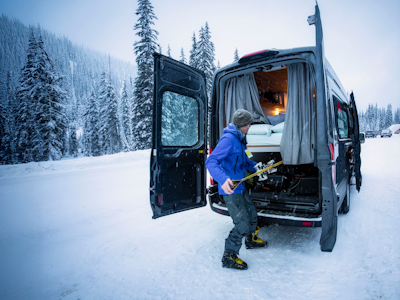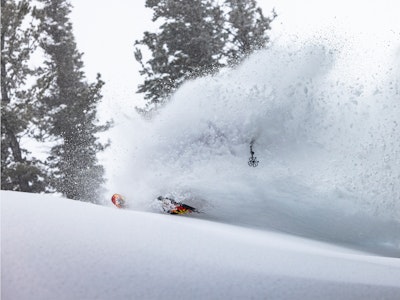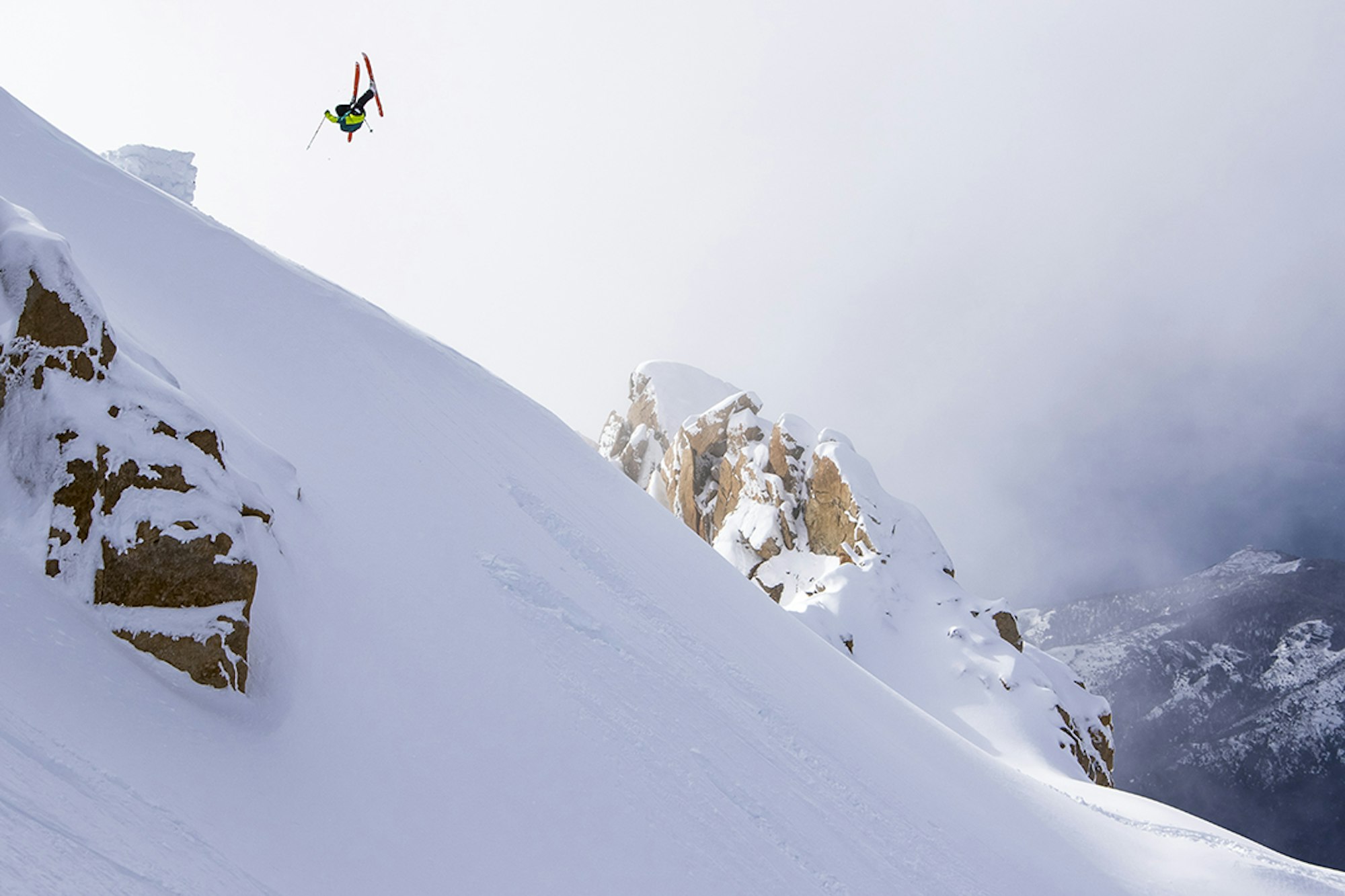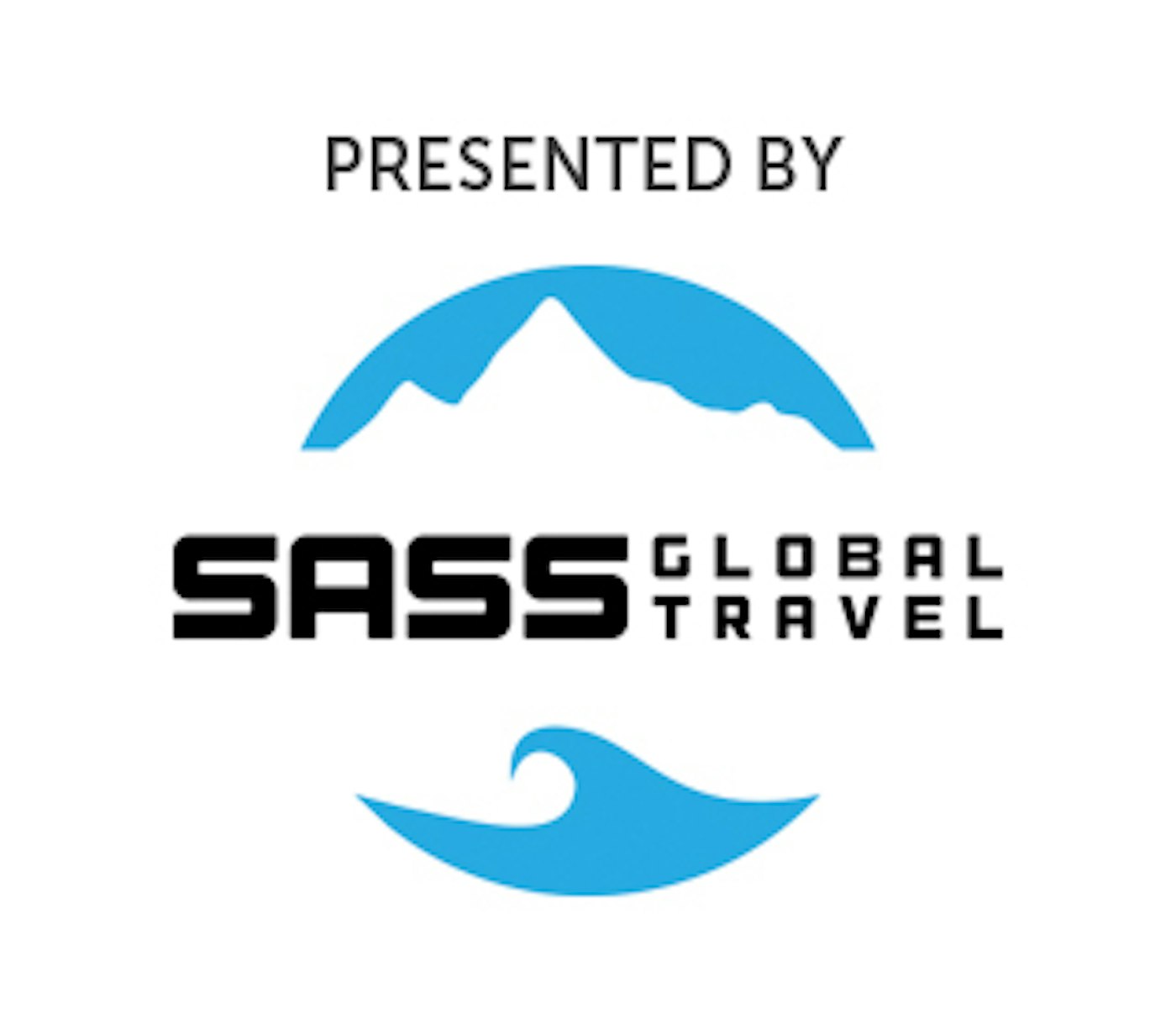

Skiing in South America has become a viable and increasingly attractive option for those looking to shred year-round. The Southern Hemisphere offers skiers the opportunity to experience full-on winter conditions, July through October, in amazingly badass terrain. And while traveling to a Spanish-speaking region may seem intimidating, we’re here to tell you it’s not. Let this serve as your guide to getting rad on-snow at a time when most of your pals (wimps) are soaking in rays on the beach—enjoy these tips on skiing in Chile and Argentina.
Language Barrier
The first language of both Chile and Argentina is Spanish. Whether or not your Spanish skills are on par, you’ll be well served to engage the locals; friends will make your life a lot easier when you’re in a foreign land. South Americans are very friendly and generally willing to help. Tap into those high school Spanish classes. Just do your best to speak even a bit of the language—it’ll go a long way.
Consider downloading free apps like Duolingo, Babbel and/or Memrise to brush up on your Español. Memrise, in particular, teaches users how to speak Spanish by having them memorize different words. There’s always Google Translate, too. And if you refuse to make an effort at learning the language, for whatever reason, don’t fret:
“From my travels to Argentina and Chile I’ve found that people are really excited to practice English with me,” says Michelle Parker, who has spent the past 10 summers skiing in Argentina. “They usually are much better at English than I am at Spanish. They are very kind and helpful people so I have never run into an issue with language barriers.”
Chile vs. Argentina
Things down south move at a slower pace. Busses might not show up on time and lifts occasionally don’t open as planned. Be prepared to go with the flow. As they say in Chile, “tranquilo.” — “Chill.”
Argentina is home to a bit more of a flamboyant, European culture than Chile. You can expect ultra-late nights, loud music and laissez-faire attitudes. Where Argentina is more Wild West, Chile brings with it a calmer vibe. In Chile you’ll find down-home, salt-of-the- earth inhabitants.
Cultures vary between the bordering countries, but the contrasts on the hill are much more subtle, since the two countries share the Andes. The main differences have to do with latitude. In Portillo, Chile, for example, there is no tree skiing. In fact, there is no treeline in the Santiago zone and across the range to Las Leñas, Argentina—just high alpine goodness. The Chilean side typically gets a bit more snow and a slightly more maritime snow quality than the Argentinian side.
Down south towards Bariloche, Argentina, you’ll find classic, large-smile-inducing tree- skiing down low. The same goes for Chile when you venture south of Santiago.
No matter where you go, the options for off-piste skiing are seemingly endless. The best skiing and the deepest pow is left virtually to a handful of skiers, making the epic skiing last as long as your legs can handle it.
[juicebox gallery_id=”328″]
Getting There
With a valid US or Canadian passport, you do not need a visa to enter Argentina or Chile for visits of up to 90 days for tourism or business. For those traveling with a passport from a country other than the US or Canada, visit projectvisa.com for more information— you may need to pay a reciprocity fee.
Flying to Chile: Book reservations through Santiago Comodoro Arturo Merino Benítez International Airport (SCL). From there, it’s just a couple of hours (or less) to most ski resorts by bus; head north to Portillo or east to the likes of Valle Nevado, La Parva, Farellones and El Colorado.
Flying to Argentina: Book reservations through Ministro Pistarini International Airport (EZE), it’s that E-Z. To get to a destination like Las Leñas, for example, you are usually required to fly to the international airport in Buenos Aires and then travel by bus or taxi to the domestic airport, Jorge Newbery Airport (AEP); from there, catch a flight to San Rafael Airport (AFA), in Mendoza.
Camps
Camps are a great way to experience skiing in the Andes—shelling out a few extra bills ensures you’ll be well taken care of in terms of logistics, guiding on- and off-hill, etc. Maybe you’re familiar with camps like Evolve Chile or Ski With The Superstars, the latter hosted by big-mountain legend Chris Davenport?
One especially popular choice is SASS Global Travel’s flagship program, SASS Argentina, operating out of Catedral Alta Patagonia in Bariloche, Argentina. Not your typical summer ski camp, SASS Argentina offers a completely guided big-mountain experience that emphasizes avalanche awareness education, while enabling you to push your skiing across Catedral—the largest resort in South America—and its expansive lift- accessed backcountry.
“The mountain here is really unique even to other places in the Andes. Hardwood trees grow pretty far apart making for perfect spacing, and then you have a lot of featured terrain, couloirs and chutes through huge granite spires,” explains coach and freeskiing icon Michelle Parker, who has been skiing with SASS for nine straight summers—the truest form of endorsement.
Don’t Miss Out: Get your SASS Argentina trip locked in now
Safety, Miscellaneous
Both Argentina and Chile are relatively safe countries and tourist-friendly destinations. The only thing you really need to worry about when traveling is petty theft; keep your valuables in closed pockets and do not leave belongings unattended at any time. Also be wary of counterfeit bills in Argentina. Pay taxi drivers in small bills to avoid the potential for being given counterfeit change. That brings us to another point: It’s always a good idea to have some cash on you.
The lack of Internet across South America is a common complaint. Plan ahead and tell your significant other you won’t be FaceTiming the night away. You’ll instead be too busy immersing yourself in the local culture and (more than likely) the abundant snowfall.
Electricity in Chile and Argentina is 220v 50Hz—check your electronic devices to see if they are compatible before plugging them in. Plugs and sockets are generally continental European type with two round pins. Be sure to bring a couple of adapters so you can keep your devices charged and happy.
Travel insurance—it’s never a bad idea. Nobody wants to be held hostage in a hospital.
Stay a while. It’s a big world down there and you’re sure to have an absolute blast. Getting there takes effort, though, so instead of rushing back home, plan to ski an extra two or three days—trust us, you’ll kick yourself if you don’t.
Final Thought
When your local resort stops spinning the lifts this spring, consider heading south this summer to enjoy the best of what South America has to offer. Our staffers have enjoyed South American skiing for the past couple of years now, and it’s clear that the North American summer camps don’t compare. Go ahead and hit us up on Twitter (@FREESKIER) with any questions.
Get The Details:
Read: Estamos en Chile: An insider’s guide to skiing in Portillo
Read: South America’s Largest Terrain: An insider’s guide to skiing Valle Nevado

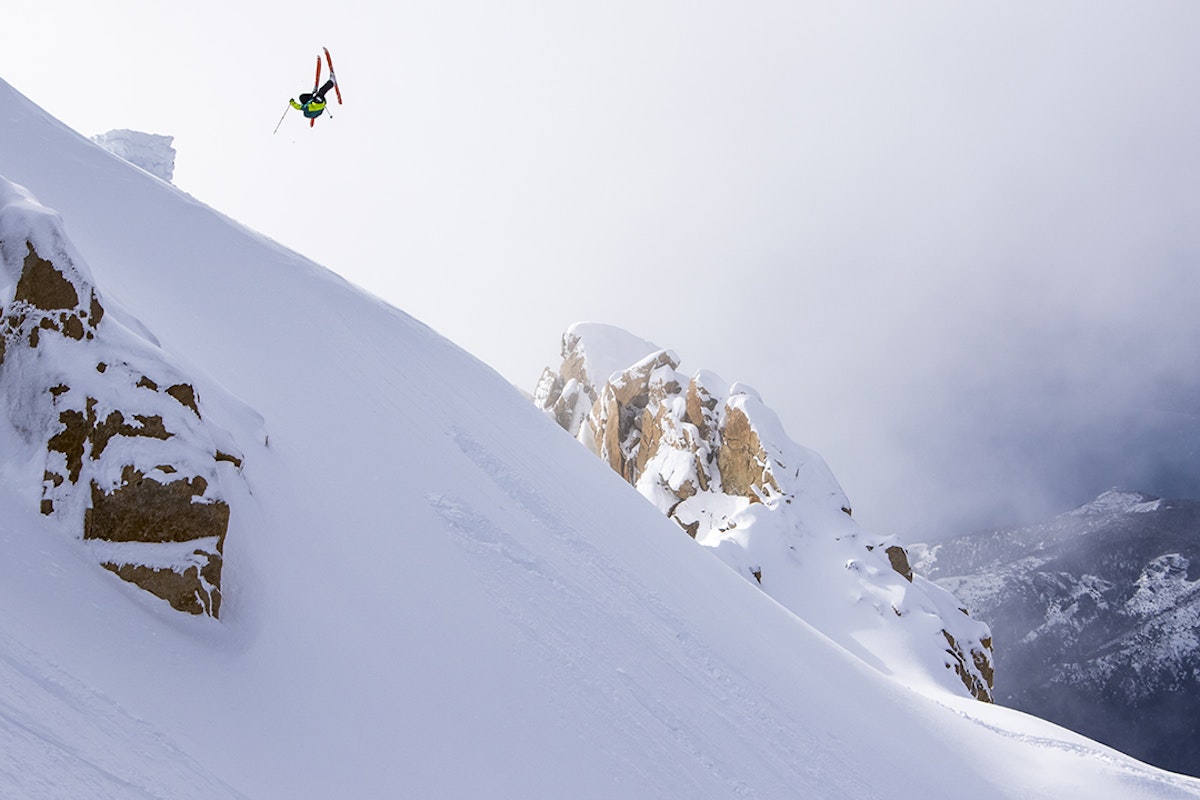

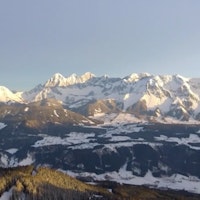

![[GIVEAWAY] Win a 4-Night Karma Campervan Rental and go Ski the Powder Highway](https://www.datocms-assets.com/163516/1767816935-copy-of-dji_0608-1.jpg?w=200&h=200&fit=crop)
![[GIVEAWAY] Win a Legendary Ski Trip with Icelantic's Road to the Rocks](https://www.datocms-assets.com/163516/1765233064-r2r26_freeskier_leaderboard1.jpg?auto=format&w=400&h=300&fit=crop&crop=faces,entropy)


![[GIVEAWAY] Win a 4-Night Karma Campervan Rental and go Ski the Powder Highway](https://www.datocms-assets.com/163516/1767816935-copy-of-dji_0608-1.jpg?auto=format&w=400&h=300&fit=crop&crop=faces,entropy)

